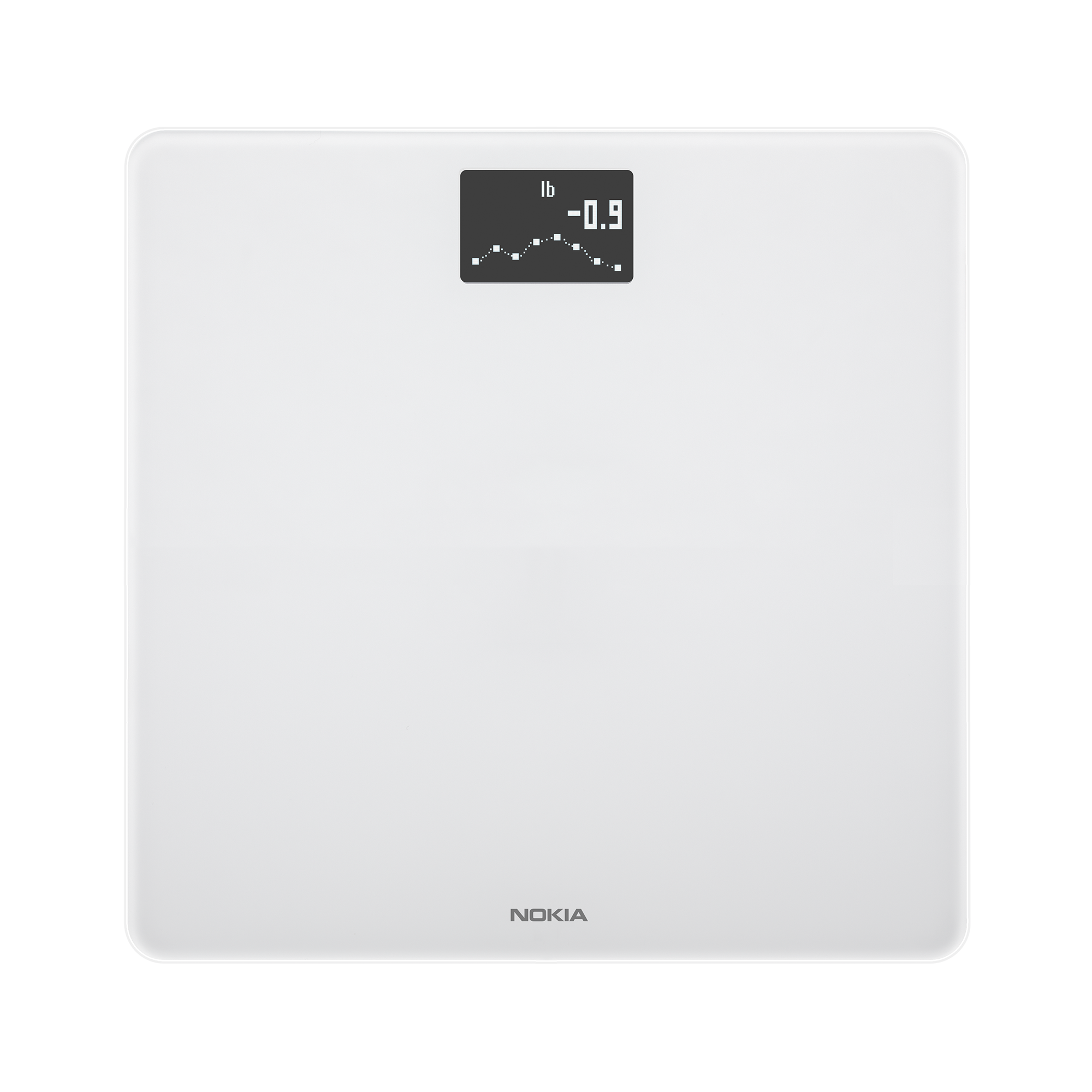
Last year, the number one New Year’s Resolution—according to Statistic Brain—was to lose weight and eat healthier. Read on for some tips on how to set yourself up for success.
Since over 70 percent of adults in the United States are considered overweight, it’s not all that surprising that so many of us are hoping to shed a few pounds as the New Year kicks off. Although initiating any weight loss process can be difficult, there are a few steps you can take to make sure this year’s resolution goes smoothly.
1. Prep your environment
The end of the holiday season is a tough time to start a weight loss resolution. Chances are, you’ve just spent the past couple of weeks feasting on home-cooked family meals, freshly baked goodies, and edible gifts—so before the new year kicks in, be sure to ditch the temptations. Livestrong suggests that you “find any junk food or high calorie food that you find too tempting, and throw it away.”
If you feel badly about dumping perfectly edible goodies in the trash, take them to work—or better yet, mail them to unsuspecting friends who you might have forgotten to include on your holiday gift list. In addition to getting rid of foods that could be detrimental to achieving your goals, stock up on healthier alternatives. Grab some fresh fruits, veggies, and other whole foods to start you off on the right foot.
2. Portion your meals and snacks in advance

If you’ve ever tried logging what you ear into your phone or computer, you know that packaging can be deceiving, and many of us have a tendency to eat two to three times the suggested serving size. To help avoid this kind of overeating, don’t eat straight from a big snack bag, and portion our your snacks and meals ahead of time instead. Although it’s not a necessity, purchasing a kitchen scale and some small tupperware containers might make your portion planning a bit easier to handle, and keep you from going overboard in the snack department.
However, it’s important to make sure the foods you select have a high nutritional value. Women’s Health Magazine points out: “When prepping foods for the week, it’s easy to get caught up in making quintessentially easy-to-reheat foods such as chicken and pasta—hold the veggies. But even squished into a plastic container, the best weight-loss meals should be rich in produce.” So when in doubt, go fresh, and reach for fruits and veggies.
3. Weigh yourself every day
Over the years, advice on how often you should weigh yourself has fluctuated; however, recent studies have shown that weighing in every morning is the way to go. Research published in the International Journal of Obesity found that participants who developed “a habit of daily self-weighing” not only lost weight, but also had greater success in adhering to “energy intake and step goals.” In a recent article, Dan Sheeran, CEO at HealthSlate, a US-based Diabetes Prevention Program that partners with Withings, pointed out that “stepping on the scale every morning helps you remember that you are working on your weight and health,” which in turn impacts the decisions you make throughout the rest of the day. Additionally, he adds that by using a smart scale, such as the Withings Body+, you’re able to track your weight loss trends, leaving you less discouraged if your weight fluctuates on your journey.
4. Start off slow with exercise
Finding an exercise routine that suits your needs and fits your schedule can be difficult—especially when you’re just getting started. Because of this, it’s important to set a manageable goal, and stick with it. For example, if you haven’t been to the gym in years, you probably don’t want to start with a pledge to hit the treadmill seven days a week. Instead, ease yourself into the process. Start by incorporating one solid session into your weekly routine, then build yourself up to exercising 150 minutes per week.
Additionally, you’ll want to be sure that you’re participating in both cardio and weight training exercises in order to optimize your health and calorie burn. According to Healthline, “cardio burns more calories per session,” but “weight training helps you burn more calories every day.” In other words, if you spend 30 minutes doing cardio, you’ll burn more calories in that session than you would by doing 30 minutes of weight training; however, the weight training will build muscle mass, and having more muscles will help you burn more calories in general—even when you’re just sitting around.
5. Share your goal
A struggle with weight can be difficult to discuss with friends and even loved ones, but by sharing your intent to work towards a healthier weight, you’ll not only provide yourself with some accountability, but also with support and encouragement.
According to the Harvard Business Review, discussing your goals with a friend, spouse, or even digital community can improve your chance of reaching your goal. So if you’re not comfortable telling multiple people, just pick one or two close friends who you can trust to stick by you—and maybe even hit the gym with you.
When you set out on your weight loss resolution this New Year’s, just remember, you’re not alone. And with a healthy diet, exercise, and little bit of dedication, success is within reach!



